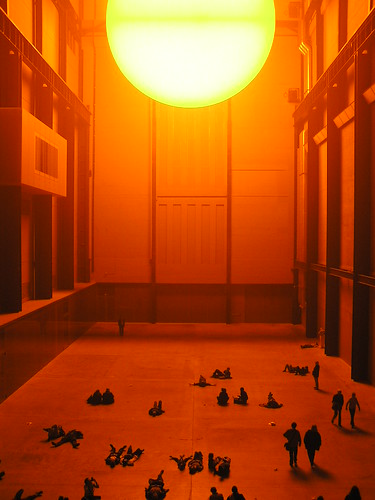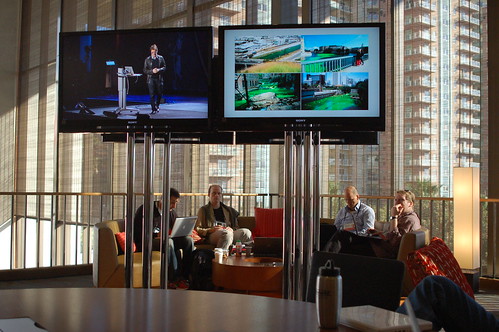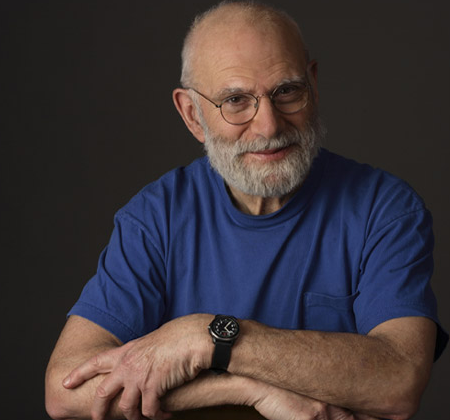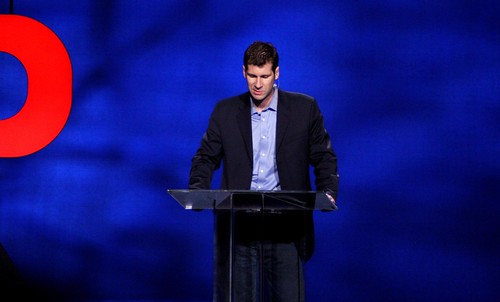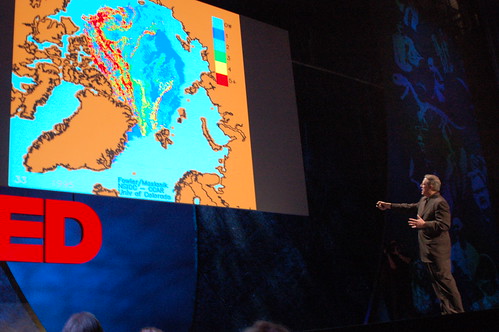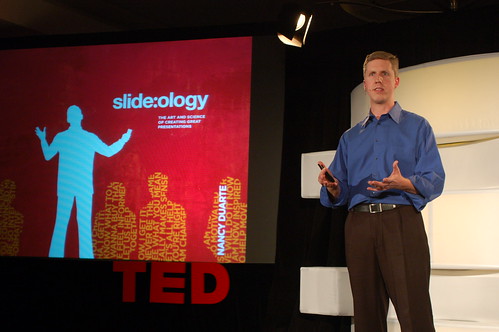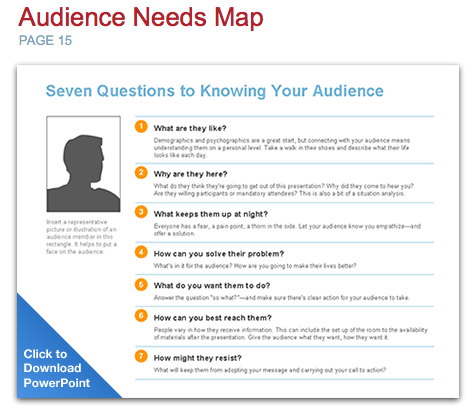I’m standing in for Ethan Zuckerman today. This post is part of a series from the TED 2009 conference held in Long Beach, California from February 4-8th. You can read other posts in the series here, and the TED site will release video from the talk in the coming weeks or months. Because I’m putting these posts together very quickly, I will get things wrong, will misspell names and bungle details. Please feel free to use the comments thread on this post to offer corrections. You may also want to follow the conference via Twitter or through other blogs tagged as TED2009 on Technorati.
At Digital Domain, Ed Ulbrich works at the leading edge of computer-generated visuals. On a recent project, filmmakers, artists, and technologists have been working at a breakthrough point where reality and digitally created worlds collide. His most recent work can be found in the Curious Case of Benjamin Button film, starring Brad Pitt.
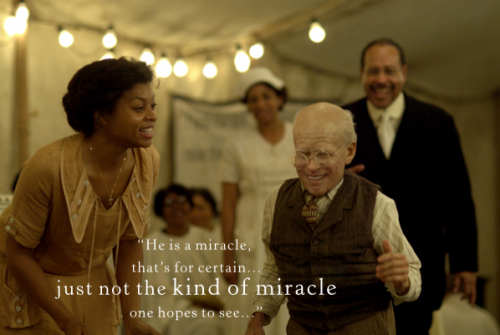
They first started on this project back in the ’90s and had to throw in the towel because the technology just wasn’t up to creating these visual effects. The “holy grail” of the industry is digitizing the face. The problem was, there is no margin for error when doing this with a face as well known as Brad Pitt.
Ed tells of how nervous he was when the finally realized they could do it, and then got the “go ahead” from the studio. It was a daunting task. They had to take all the details and idiosyncrasies that make up Brad Pitt in order to make it real (for a full hour of the movie).
Step 1: admit you have a problem
Step 2: break the problem down
The current technology (in 2004) wasn’t really up to the task, so they had to walk away from all that was in this movie and video game space. Instead, they had to make their own technology “stew” that would be able to handle what they were trying to do.
FACS – Facial Action Coding System and Contour by Mova allowed them to do so much more. They ended up stipling Brad Pitts face and getting every 3d possibility of what his face was capable of doing.
The problem… Brad was 44 and Ben needed to be 87 years old. Ed just unveiled to us a 100% representation sculpture of Benjamin Button in three different age increments. (Absolutely incredibly… looks so real). Then they transposed that 3d data onto the sculpture. In the end, they created a real life puppet that Pitt could control with his face.
